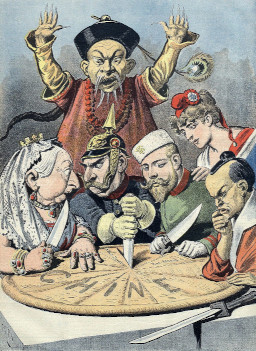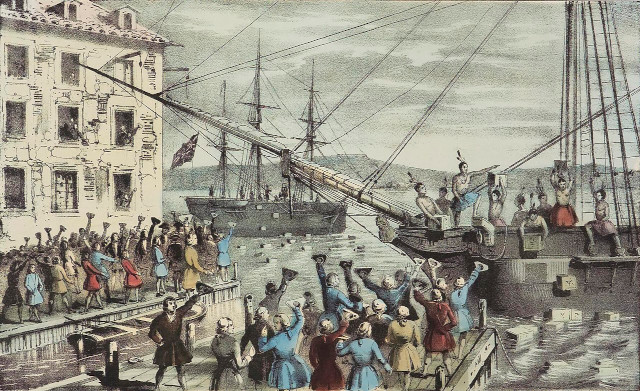America in China: To the Person Sitting in Darkness
- Read more about America in China: To the Person Sitting in Darkness
- Log in or register to post comments
 Mark Twain’s article, “To the Person Sitting in Darkness”, was a scathing indictment of Colonialism. Although he did not mention Rev. William Scott Ament by name in the article, repercussions from it indicted him for atrocities committed in the name of Christianity and generated much of the controversy the article. From 13 September 1900, Ament, and an assistant, Reverend Elwood Gardner Tewksbury accompanied by the U.S. 6th Cavalry, searched the areas adjacent to Beijing for Boxers, collecting indemnities for Christians who had been killed by the Boxers, and ordered the burning of some homes
Mark Twain’s article, “To the Person Sitting in Darkness”, was a scathing indictment of Colonialism. Although he did not mention Rev. William Scott Ament by name in the article, repercussions from it indicted him for atrocities committed in the name of Christianity and generated much of the controversy the article. From 13 September 1900, Ament, and an assistant, Reverend Elwood Gardner Tewksbury accompanied by the U.S. 6th Cavalry, searched the areas adjacent to Beijing for Boxers, collecting indemnities for Christians who had been killed by the Boxers, and ordered the burning of some homes

 Excerpts from These Truths, pages 80-91:
Excerpts from These Truths, pages 80-91: